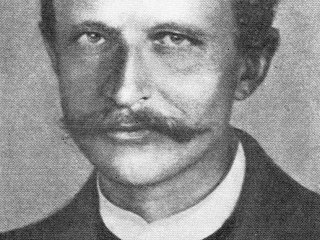
Everyone knows about the fatal role of the Chernaya Rechka (Black River) – Pushkin was shot near it. The historical role of the Red River is just as great, but not obvious to everyone – if only because it is red only in Latin. The Rubicon is translated as “red river.” In the first century BC, the Rubicon was a border river – the border between Italy and Cisalpine Gaul ran along it. On January 10, 49 BC, Proconsul Gaius Julius Caesar approached the Rubicon with a legion. And thought hard. No, the river was not wide or full – a mere rivulet with bridge, according to the Roman historian Sueton. Sueton describes Caesar's hesitation: “It's not too late to go back; but once this bridge is crossed, the weapons will decide everything.” Weapons, for sure – since the Senate had ordered Caesar to disband the army. And he, the rebel, craved for power… Eventually, he cast a die – many researchers actually believe that Caesar used something similar to dice, and the result was “Go.” So, the die was cast, and the Rubicon was crossed. As expected, a war with the Senate broke out, and Gaius Julius Caesar won it. And the victors' phrases become aphorisms. Since that time, we've been saying things like “The die is cast” and “The Rubicon is crossed,” even though the river itself has been lost forever. Historians and geographers toiled for a long time, and in 1932 they eventually renamed the Fiumicino River into the Rubicon.
























